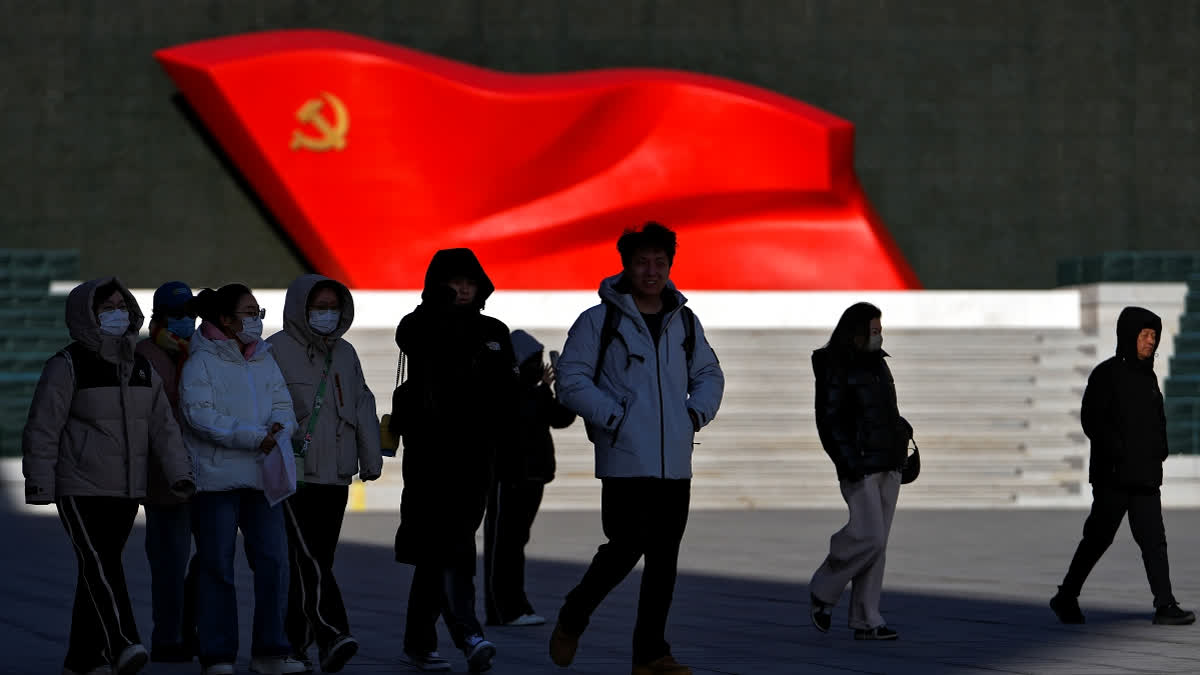Taiwan:China's population fell last year for the third straight year, its government said Friday, pointing to further demographic challenges for the world's second most populous nation, which is now facing both an ageing population and an emerging shortage of working-age people.
China's population stood at 1.408 billion at the end of 2024, a decline of 1.39 million from the previous year. The figures announced by the government in Beijing follow trends worldwide, but especially in East Asia, where Japan, South Korea, Hong Kong and other nations have seen their birth rates plummet.
China three years ago joined Japan and most of Eastern Europe among other nations whose population is falling. The reasons are in many cases similar: Rising costs of living are causing young people to put off or rule out marriage and childbirth while pursuing higher education and careers.
While people are living longer, that's not enough to keep up with the rate of new births. Countries such as China that allow very little immigration are especially at risk.
China has long been among the world’s most populous nations, enduring invasions, floods and other natural disasters to sustain a population that thrived on rice in the south and wheat in the north.
Following the end of World War II and the Communist Party’s rise to power in 1949, large families re-emerged and the population doubled in just three decades, even after tens of millions died in the Great Leap Forward that sought to revolutionize agriculture and industry and the Cultural Revolution that followed a few years later.
After the end of the Cultural Revolution and leader Mao Zedong's death, Communist bureaucrats began to worry the country’s population was outstripping its ability to feed itself and began implementing a draconian “one-child policy.”
Though it was never law, women had to apply for permission to have a child and violators could face forced late-term abortions and birth control procedures, massive fines and the prospect of their child being deprived of an identification number, effectively making them non-citizens.
Rural China, where the preference for male offspring was especially strong and two children were still ostensibly allowed, became the focus of government efforts, with women forced to present evidence they were menstruating and buildings emblazoned with slogans such as “have fewer children, have better children."
